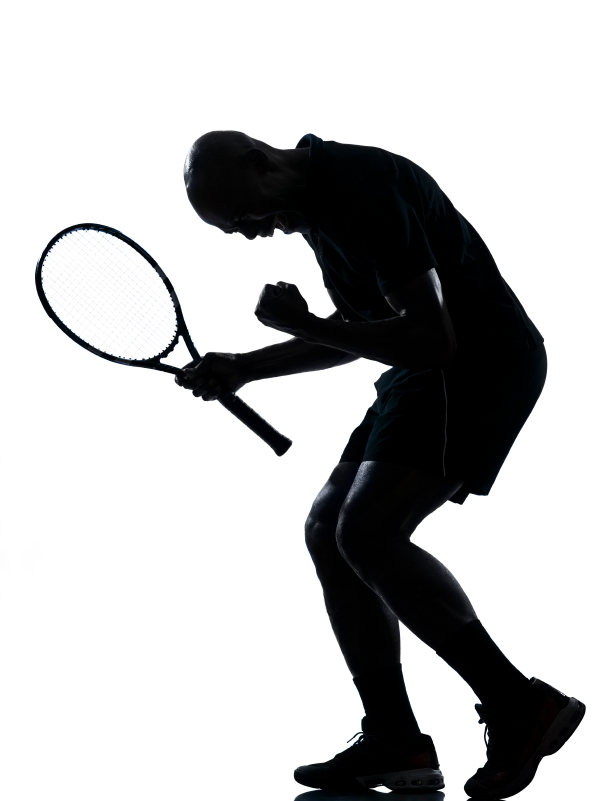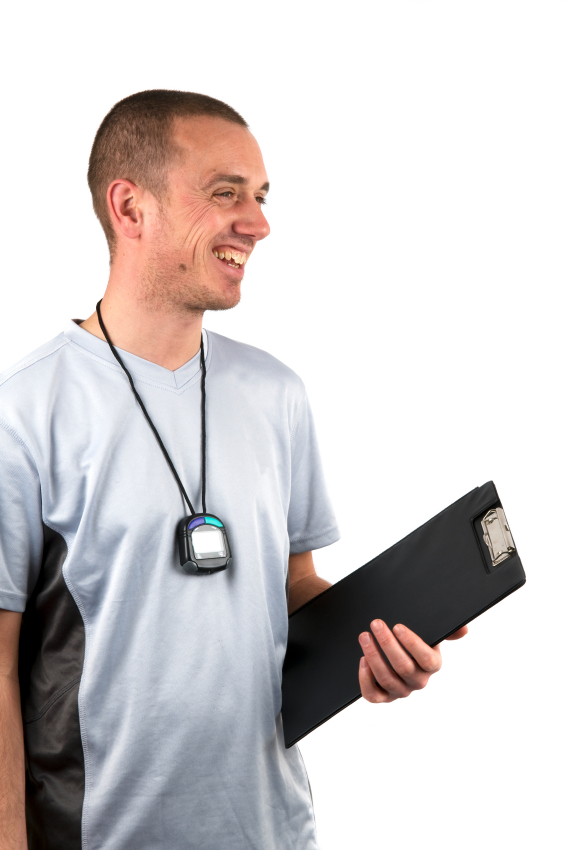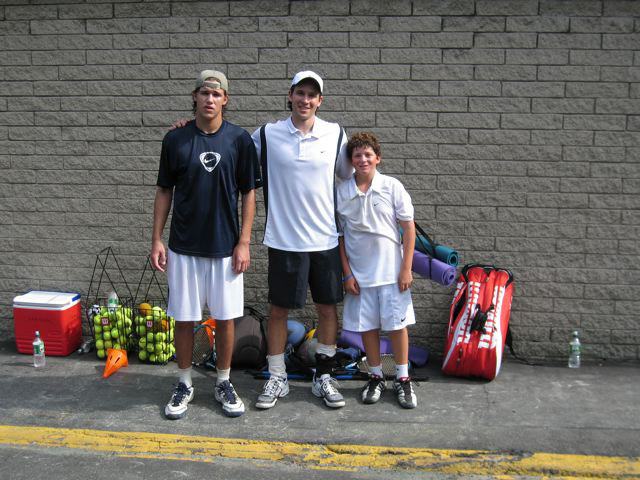The Top Tennis Skills All Beginners Need to Master

In many things in life – sports included – it’s the smallest of tweaks and adjustments that ends up making the largest difference in whatever you’re trying to accomplish. Tennis is no different in this respect, and it’s a big reason why the camp directors at our Connecticut Tennis Camps, along with all of our other locations, provide as much individual attention as possible to campers.
It’s just about impossible to see small adjustments that tennis players need to make when a large group is all participating in one kind of drill at the same time. Every player is a little bit different and also responds to feedback in various ways. That’s why our adidas Tennis Camps are proud to offer the individualized attention to each camper that’s necessary for them to see genuine improvement, along with constantly keeping a low camper-to-coach ratio.
This is crucial for those attending one of our camps that classify themselves as a beginner. Starting to learn and improve in a new sport is fun and exciting because it’s making your mind and body work in different ways, but it’s also overwhelming for all of those same reasons. What happens if you’re a beginner now and you’re not heading to one of our tennis camps until the summertime, though? Do you have a game plan in place to make the most out of camp? If not, here are some foundational skills that all tennis beginners need to master before moving on to more advanced skills and drills.
Footwork
Although you’re not traveling a far distance to the naked eye, tennis players actually rack up miles of walking and running throughout the course of a tennis match. Endurance is key, but so is your footwork because there are tons of quick movements that you need to make in a short period of time and over a short distance. Even if you know how to respond to an oncoming ball, you must have quick footwork to put you in the right spot to do so. With that in mind, it’s important to know the basic idea behind certain footwork techniques that’ll help you be as economical as possible with your movements. Remember, practicing your footwork will be just as important as practicing that killer serve.
Serving
This is a crucial part of the game because if you’re not able to effectively serve a tennis ball, it’ll be hard to take control of any game or match you’re participating in. The actual act of serving a ball takes but a few seconds. However, there are tons of small movements within the act itself that make up a successful experience with honing this skill. These small movements include mastering the ball toss, gaining a consistent point of contact, and properly timing each of your movements. Get these basics down first before you move on and start to improve your serve in other ways.
Forehand and Backhand Strokes
There are a number of different strokes used during a tennis match, but forehand and backhand strokes are easily the most common. Learning how your body responds to the backswing, the point of contact, and the follow-through of each stroke is crucial before going on and learning anything else. What’s great is that if you don’t have a partner to practice with, all you need is a racquet, some tennis balls, and a wall to commit these movements to muscle memory. Even after you feel comfortable with the movements, it’s important to keep some kind of forehand and backhand drills as a regular part of your practice routine.
Mental Toughness
Embarking on your tennis journey isn’t just a test of physical ability; it’s equally a battle of wits and willpower. Mental toughness is the invisible muscle every tennis player needs to develop. It’s about maintaining focus, managing emotions, and bouncing back from setbacks with resilience. Just like mastering the art of a consistent serve, cultivating a strong mental game takes practice and patience. Start by setting small, achievable goals for each practice session and match. Celebrate your successes, learn from your mistakes, and remember that perseverance is key. Embracing the mental challenge of tennis will not only make you a formidable player on the court but will also equip you with a mindset ready for life’s hurdles. Once every beginner understands the power of a positive attitude and the strength of a focused mind, their game will go to the next level.
Flexibility
When you think of the types of skills that come to mind for tennis, strength and speed are often highlighted in the arsenal of a tennis player, but flexibility, which might be often overlooked, stands as the unsung hero behind the scenes. A flexible body is a foundation for powerful serves, swift footwork, and dynamic strokes. Improving your flexibility enhances your range of motion, reduces the risk of injury, and ensures that your movements on the court are fluid and efficient. Incorporating a routine of dynamic stretches before hitting the court and static stretches after play can significantly boost your performance. Focus on areas that are constantly engaged during tennis matches, such as your shoulders, hips, and legs. At our camps, we integrate flexibility exercises into daily activities, encouraging campers to develop a stretching habit that complements their growing skill set. Remember, flexibility isn’t achieved overnight, but with consistent effort, you’ll notice improvements in your game and an overall enhancement in your athletic abilities.



